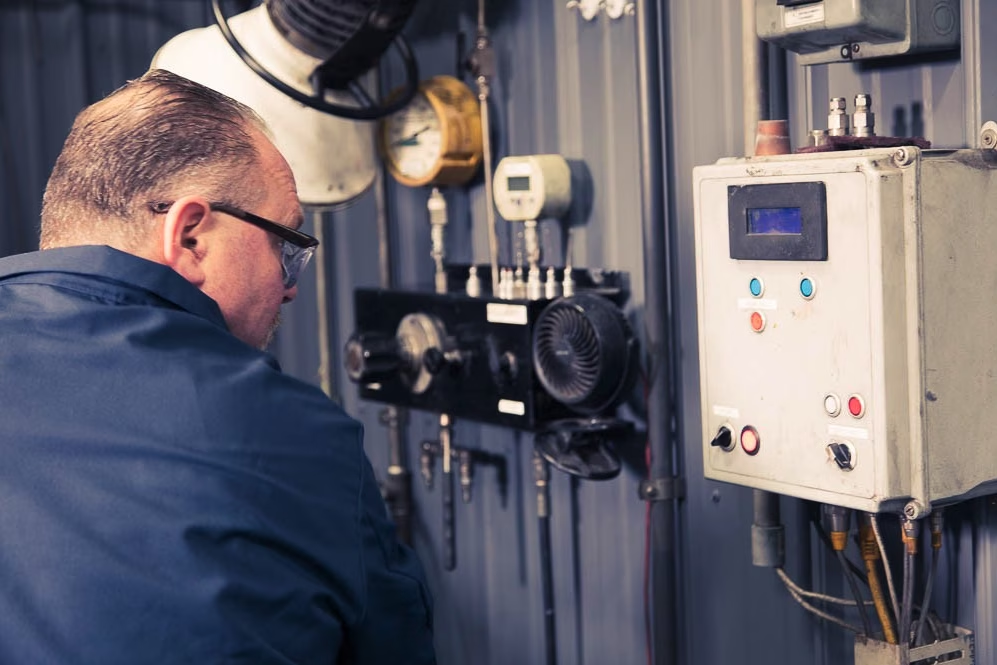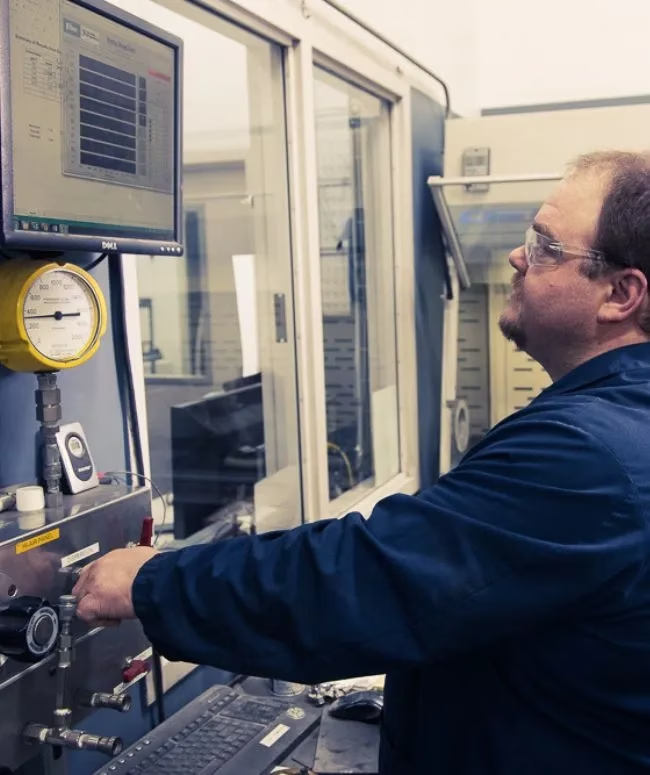Combustible Dust Testing
Do you need dust testing to learn about the combustible properties of your facility’s handled dust? Or have you already completed dust testing but are unsure what to do next with the results? Fike offers both comprehensive dust testing services and analysis of the data to make necessary safety improvements to your process.
Dust Testing Process
Step 1: Contact a Consultant
Tell us about your objectives with dust testing or if you need help analyzing a previous report.
Step 2: Collect and Ship
If you need dust testing, we will help you collect your dust sample and ship it to Fike’s Combustion Test Lab.
Step 3: Review Report
Once the tests are completed and you receive the report, a Fike Consultant will analyze its results with you.
Step 4: Use Results
If explosion protection is required, the test data will be used to ensure the accurate design of reliable mitigation systems.
Types of Combustible Dust and Tests
The Combustion Test Lab tests a wide variety of dusts, including but not limited to
- Metals
- PVC
- Plastics
- Sugar
- Polymers
- Coffee
- Organics
- Starch
- Chemicals
- Paper
- Grain
- Wood
- Coal
- Sulfur

Why Test Your Dust?
Did you know that dust testing is essential to:

Knowing where dust hazards exist in your process.

Designing explosion protection for your unique hazards.

Making process improvements to reduce the risk of ignition.
Why Fike Dust Testing?
“The owner/operator of a facility with potentially combustible dusts shall be responsible for determining whether the materials are combustible or explosible.” - NFPA 652 (2019)
“Samples of the dust present in the equipment shall be tested and the data shall be obtained for use in the hazard identification.” - EN 1127-1 (2011)
Testing your dust is essential to complying with these standards and for the safety of your industrial process because it is used to:
Identify where dust hazards exist in your process
Design explosion protection for your unique hazards
Make process improvements to reduce the risk
Fike's Combustion Test Lab provides empirical evidence to factories, chemical plants, grain elevators, paper mills and more about the explosibility characteristics of their facility’s dust. Our testing may come in small-scale (20 liter) or world-standard large-scale (1 m3) chambers, both of which are designed to provide accurate measurements that represent real-world, industrial-sized applications. Steps of combustible dust testing include:

Types of Dust Tests
We can help you choose and perform the following dust tests applicable to your process and safety goals:
| 1. Is the dust explosive? | 2. How explosive is the dust? | 3. Where in the process may dust explosion hazards exist? | 4. How sensitive is the dust to ignition? | |
|---|---|---|---|---|
 |
 |
 |
 |
|
TestScreening (Go / No Go) |
TestSeverity (Kst & Pmax) |
TestMEC - Minimum Energy Concentration |
TestMIE - Minimum Ignition Energy |
|
Definesmaterials in the process susceptible to a dust explosion |
Definesmaximum energy and rate of an explosion if ignition occurs |
Defineslowest dust concentration required for ignition |
Defineslowest spark energy required for ignition |
|
TestLOC - Limited Oxygen Concentration |
TestMIT - Minimum Ignition Temperature |
|||
Defineslowest oxygen concentration required to support combustion |
Defineslowest surface temp required for ignition |
|||
TestMAIT - Minimum Auto Ignition Temperature |
||||
Defineslowest temperature of heated air required for ignition |
